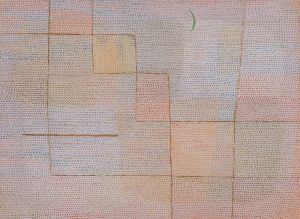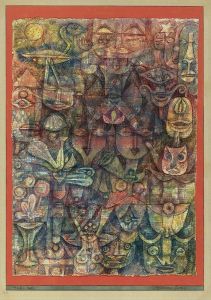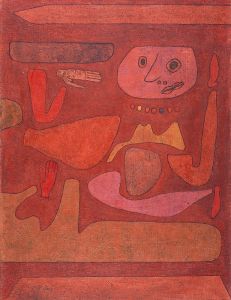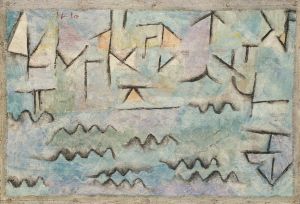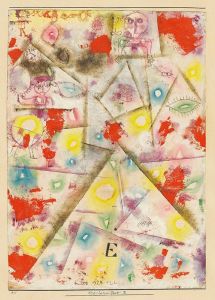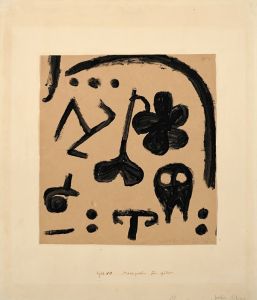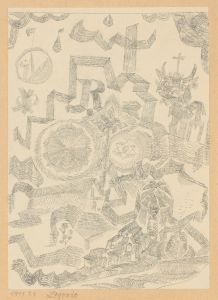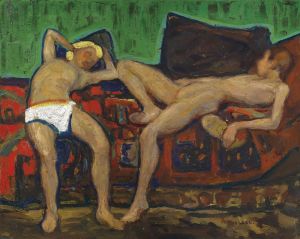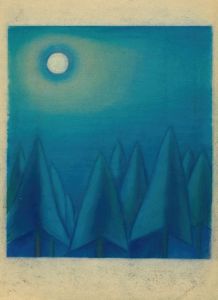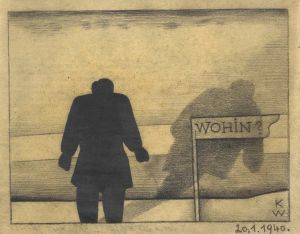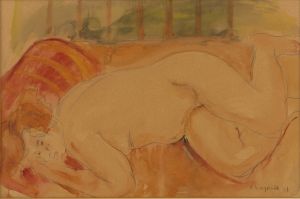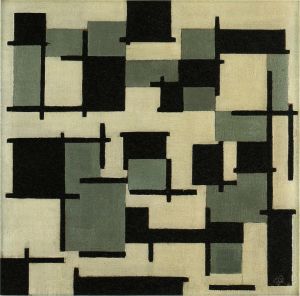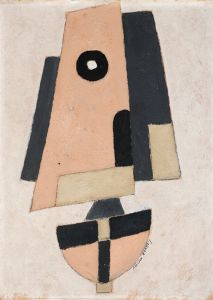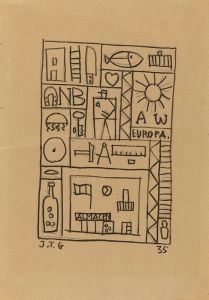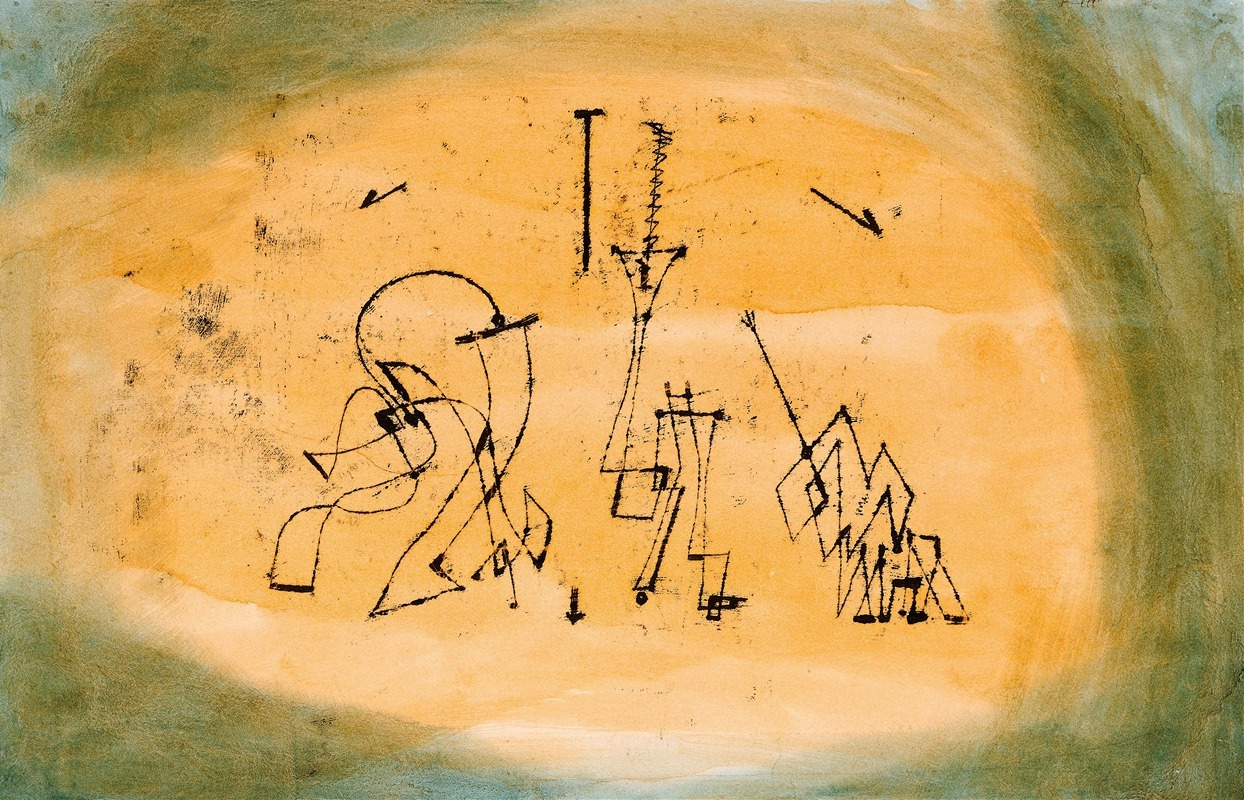
Abstract Trio
A hand-painted replica of Paul Klee’s masterpiece Abstract Trio, meticulously crafted by professional artists to capture the true essence of the original. Each piece is created with museum-quality canvas and rare mineral pigments, carefully painted by experienced artists with delicate brushstrokes and rich, layered colors to perfectly recreate the texture of the original artwork. Unlike machine-printed reproductions, this hand-painted version brings the painting to life, infused with the artist’s emotions and skill in every stroke. Whether for personal collection or home decoration, it instantly elevates the artistic atmosphere of any space.
Paul Klee's "Abstract Trio" is a notable work by the Swiss-born artist, who is renowned for his unique style that blends elements of abstraction, expressionism, and surrealism. Klee's work is characterized by its playful yet complex use of color, line, and form, often drawing inspiration from music, nature, and his own personal experiences.
"Abstract Trio" is a painting that exemplifies Klee's innovative approach to art, where he often sought to transcend traditional artistic boundaries. While specific details about "Abstract Trio" such as its creation date, medium, and current location might not be widely documented, the painting is consistent with Klee's broader body of work, which frequently explores the interplay between visual art and music.
Klee had a deep interest in music, which is evident in many of his works. He was an accomplished violinist and often drew parallels between musical compositions and visual art. This influence is likely present in "Abstract Trio," as the title itself suggests a musical theme. The term "trio" in music refers to a composition for three instruments or voices, and Klee might have used this concept to explore the harmony and rhythm within the visual elements of the painting.
Throughout his career, Klee was associated with several influential art movements. He was a member of the Bauhaus school, where he taught alongside other prominent artists such as Wassily Kandinsky and László Moholy-Nagy. The Bauhaus was known for its interdisciplinary approach, combining fine arts, crafts, and architecture. Klee's work during this period often reflected the Bauhaus's emphasis on geometric forms and the integration of art and technology.
Klee's artistic philosophy was also shaped by his travels and personal experiences. He visited Tunisia in 1914, a trip that had a profound impact on his use of color. The vibrant hues and light of the Tunisian landscape inspired Klee to experiment with color in new and innovative ways, a characteristic that can be seen in many of his paintings, including "Abstract Trio."
In terms of technique, Klee was known for his meticulous and experimental approach. He often used a variety of materials and methods, including oil paint, watercolor, ink, and pastels, to achieve different textures and effects. His works frequently feature a grid-like structure, which he used to organize and balance the composition.
Klee's legacy as an artist is significant, and his works continue to be studied and admired for their originality and depth. "Abstract Trio," like many of his paintings, invites viewers to engage with the artwork on multiple levels, encouraging interpretations that go beyond the visual to include emotional and intellectual responses.
Overall, while specific details about "Abstract Trio" may be limited, the painting remains an important part of Paul Klee's oeuvre, reflecting his innovative spirit and his ability to blend different artistic elements into a cohesive and thought-provoking whole.





